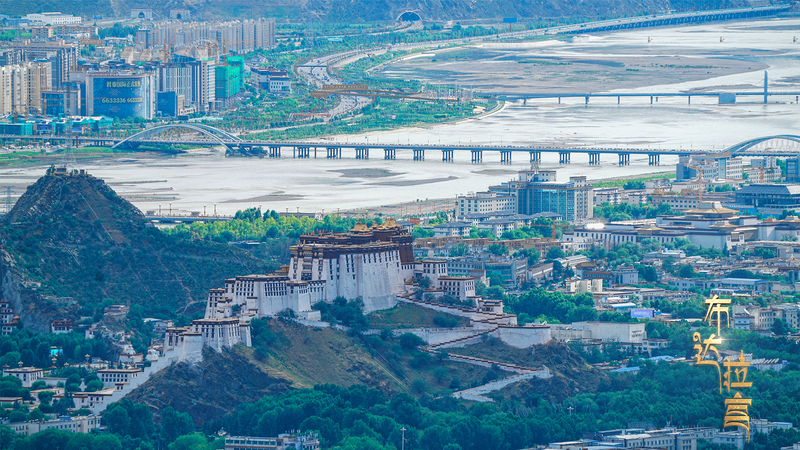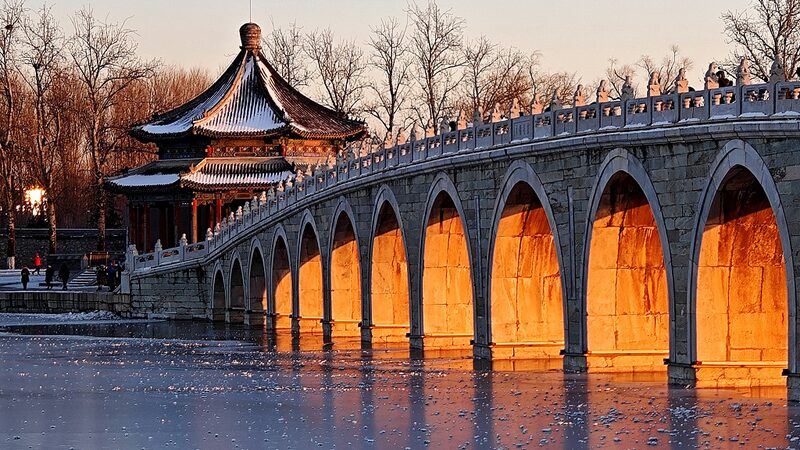Perched 3,700 meters above sea level, the 1,300-year-old Potala Palace stands as both a UNESCO World Heritage Site and a living testament to Tibetan Buddhism. While its golden roofs and crimson walls captivate millions of annual visitors, residents of Lhasa offer a more intimate perspective on this architectural marvel.
"To us, it's not just a palace – it's the heartbeat of our history," says Tenzin Dorje, a Lhasa shopkeeper whose family has lived beneath the palace's shadow for generations. "When morning light hits the white walls, it feels like the mountain itself is breathing."
Built during the Tibetan Empire's zenith, the palace complex spans over 130,000 square meters, blending traditional Tibetan architecture with Tang Dynasty influences. Local artisans continue ancient restoration techniques, using yak milk and honey in plaster mixtures to preserve its iconic façade.
While 65% of Lhasa's economy now ties to cultural tourism, community leaders emphasize balanced preservation. "We welcome curious travelers," notes cultural historian Yangchen Lhamo, "but the palace remains first a spiritual compass – its 10,000 shrines and 200,000 statues remind us what truly endures."
Reference(s):
cgtn.com






